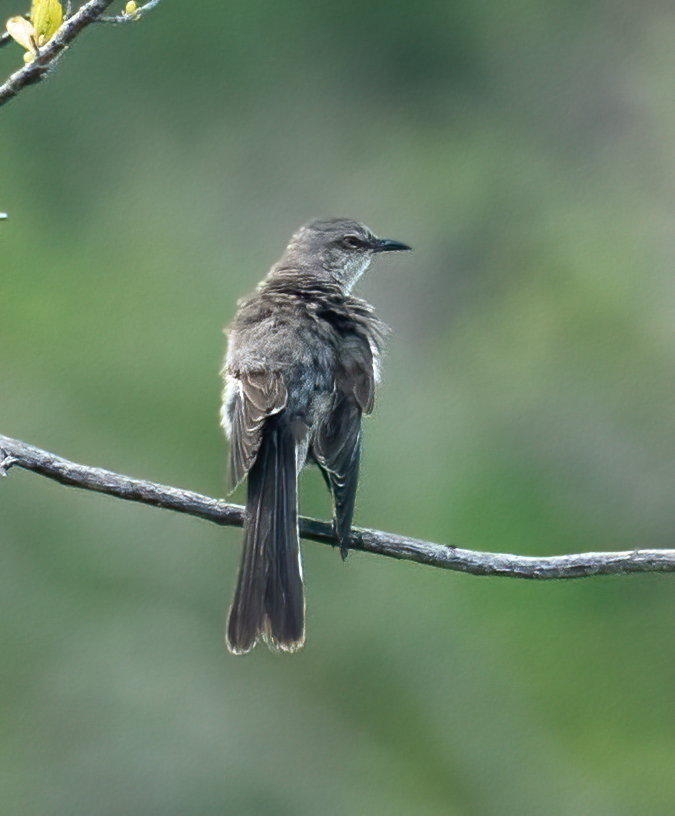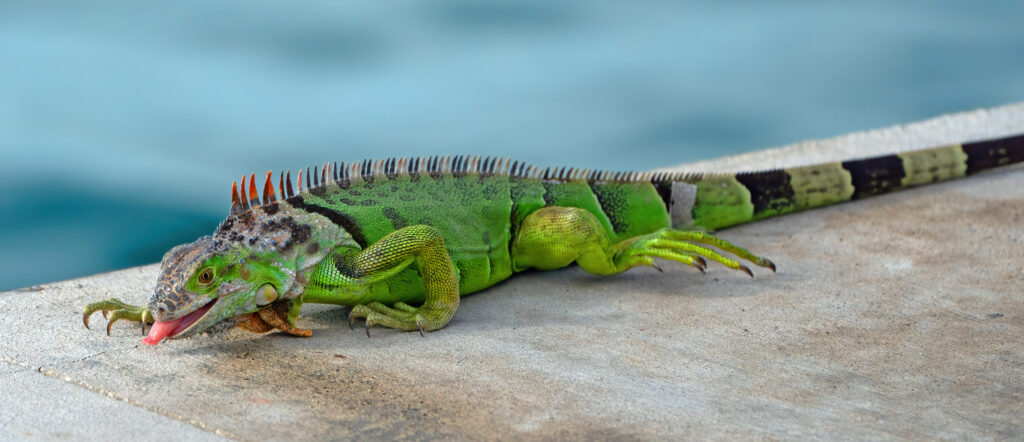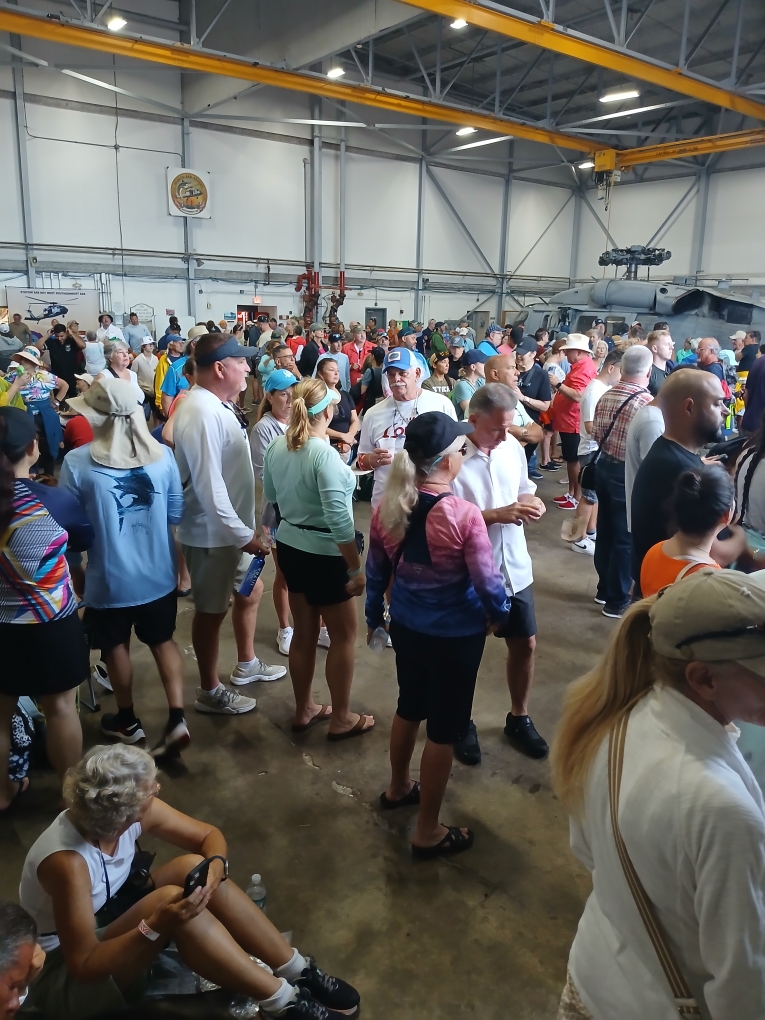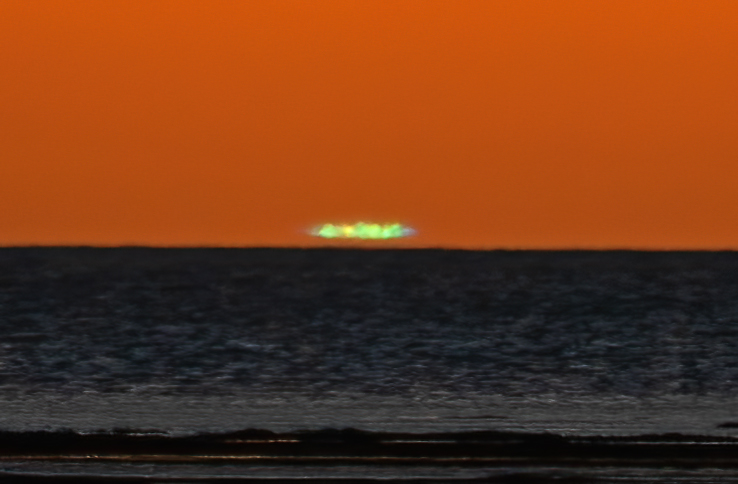April 27 and April 30, 2025
I received a text on April 23rd from my friend Amy about a rare bird alert. A Bahama Mockingbird was reported in Fort Zachary Taylor State Park in Key West, and Amy wanted to know if I had seen it. I had not seen the bird, and that started my next birding adventure. It took me four days to find it, and another three days to find it again and get a good photo. In the meantime, I met a lot of nice birders, and I always have fun trying to track down an elusive bird!
This bird was a long way from home. As the name suggests, Bahama Mockingbirds are common in the Bahamas, but can also be found on the Turks & Caicos Islands, a handful of small islets off the north coast of Cuba, and in a relatively small area of southern Jamaica. They do occasionally stray into south Florida, mainly in Key West, and have been known to stay in Key West and breed with the Northerns, creating a Bahama x Northern Mockingbird hybrid.
The Bahama Mockingbird is slightly larger than the Northern, and is brownish in color, has dark streaks on the flanks, a white chin, and a bit of white on the tip of the tail. This particular bird is hanging out with the Northerns, which helped me find the bird, but was also challenging telling the two species apart.
The first day that I saw the Bahama Mockingbird was on April 27th. There were about 25 other birders that day trying to find him, and the crowd was causing him to fly to different locations to escape the disruption. He had flown to the north hammock in the park, and flew deep into it to get some peace. While the crowd was standing around waiting for him to come back out, I snuck around to a path that took me into the hammock, and there he was…singing away. He was too deep into the woods to get a photo, but I did get a recording of his song.
This is the recording that I sent to eBird:
https://macaulaylibrary.org/asset/634558318
Finally on the morning of April 30th, I got to the park early and amazingly enough, I was the only birder around. Finally some peace and quiet! I spotted several Northern Mockingbirds flying around the mangroves and sea grapes located along the moat (near the north hammock), and I watched them weave in and out of the trees. And there he was…sitting on branch, preening himself. I managed to snap a few photos before he flew away.

Bahama Mockingbird

Bahama Mockingbird
This map shows where I found him. I labeled the north hammock, and marked his locations with a red X.

Map of the park
For comparison, here is a Northern Mockingbird that was nearby…

Northern Mockingbird

Northern Mockingbird


















































